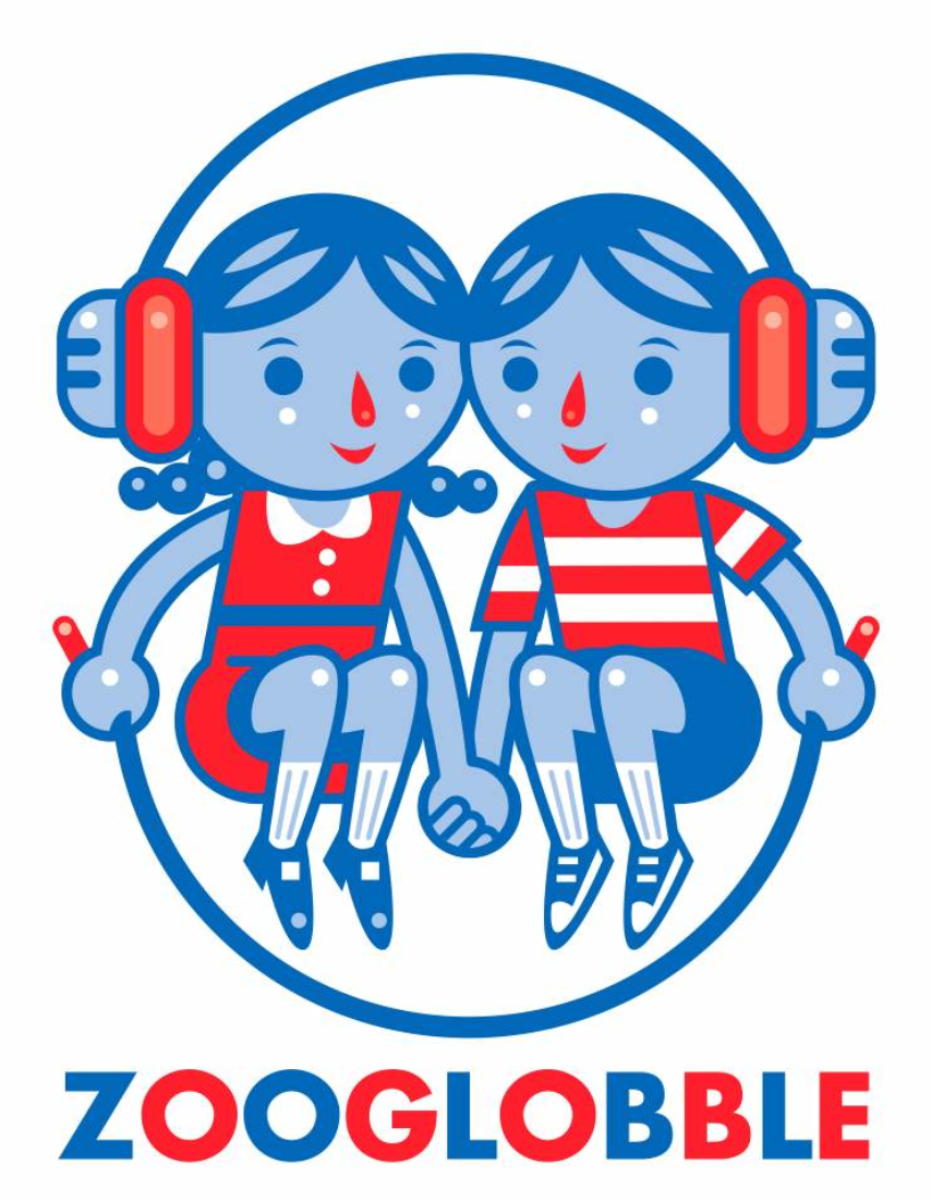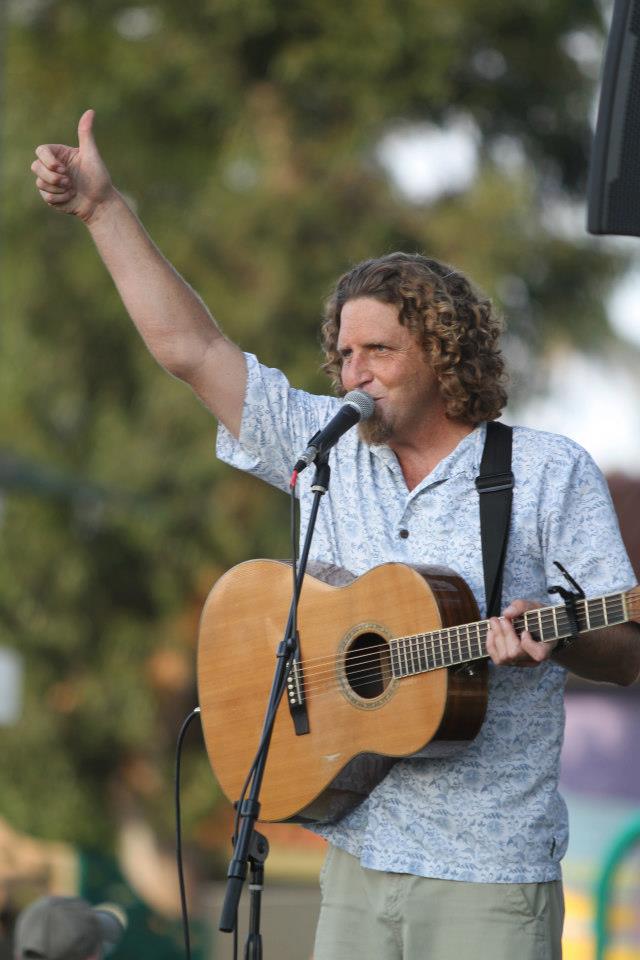I don't know if practice makes perfect, but it usually helps things considerably. When you write a song a day for a month as Steve Denyes of San Diego's Hullabaloo did last year, not all the songs are going to be keepers, but the songwriting muscle will be stronger at the end than at the beginning.
For the band's latest album I Chew, Denyes (along with bandmate Brendan Kremer and Shawn Rohlf) took the best of the bunch, added a handful of new songs, and recorded them in their familiar simple folk-roots style. The result is a collection of 16 songs that cover a surprisingly broad range of styles in its 21 minutes. Silly songs like the nonpartisansong "Senator John Arthur Clydesdale III" bump up against the political "I Wear Pink," which gently makes the apparently still controversial argument that boys can wear pink and play with dolls. (I know! But Denyes sings of actual pushback he received.) "Air-O-Plane" is a sequel in many ways to Woody Guthrie's "Car Car" and "Aeroplane," while "I Can't Let It Go" speaks just as much to the 40-year-old obsessives as the 14-month old ones. There's a hint of Shel Silverstein, too, in "Boring," not to mention the spoken word "Worm with Wings." (The tracks will be most appropriate for kids ages 3 through 7.)
Denyes didn't just have a month to hone his songwriting -- he's been playing for kids for more than a decade. And slowly but surely, he's become one of kindie's better songwriters, a living argument in favor of consistency while occasionally mixing things up (by, say, writing a song a day). As he sings about in "Day 16," start trying to write a song, and eventually you'll have a song. Do it often enough, and some of it will end up pretty good. Definitely recommended.












